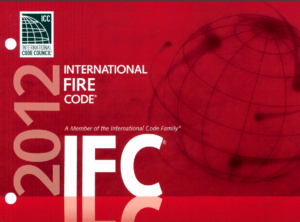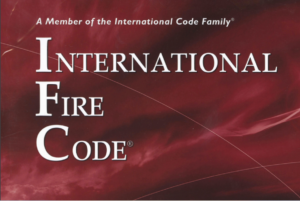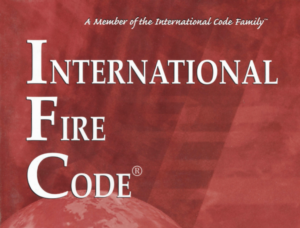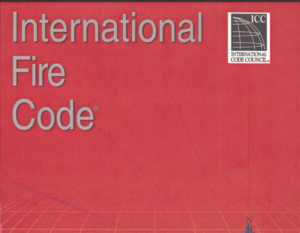The 2010 edition of NFPA 13D provides comprehensive guidelines for the design, installation, and maintenance of sprinkler systems in one- and two-family dwellings and manufactured homes. This standard is crucial for enhancing fire safety, aiming to minimize fire-related injuries and fatalities by enabling effective fire control within residential spaces.
Since its initial release in 1975, NFPA 13D has undergone significant revisions to incorporate emerging technologies and respond to practical insights gained from earlier editions. Notably, the 1980 edition marked a pivotal update, integrating extensive testing results and introducing SI units. Subsequent editions refined the standard, addressing specific components like antifreeze systems, pipe materials, and water storage requirements.
The 2010 update introduces several key features:
– A prescriptive pipe sizing method provides an alternative to hydraulic calculations, simplifying the design process for certain residential systems.
– Definitions and clarifications, such as the inclusion of townhouses within the standard’s scope, ensure broader application and compliance.
– Enhanced guidelines for system inspection, testing, and maintenance help homeowners maintain their systems effectively.
Moreover, this edition also integrates new spacing and obstruction rules to adapt to modern residential designs and layouts, such as varied ceiling heights and configurations. These guidelines ensure that sprinkler systems are both effective in fire situations and adaptable to different architectural styles and building practices.
NFPA 13D reflects a commitment to evolving safety standards that accommodate new research, technology, and field experiences, reinforcing the role of sprinkler systems in saving lives and protecting property against fire.






